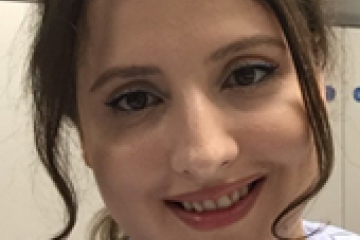Fellowship
From ageing to space travel: Developing an organotypic model of skeletal tissue disuse for understanding degeneration in altered environments

At a glance
Completed
Award date
March 2019 - December 2021
Grant amount
£121,762
Principal investigator
Dr Alexandra Iordachescu
Institute
University of Birmingham
R
- Replacement
Read the abstract
View the grant profile on GtR
